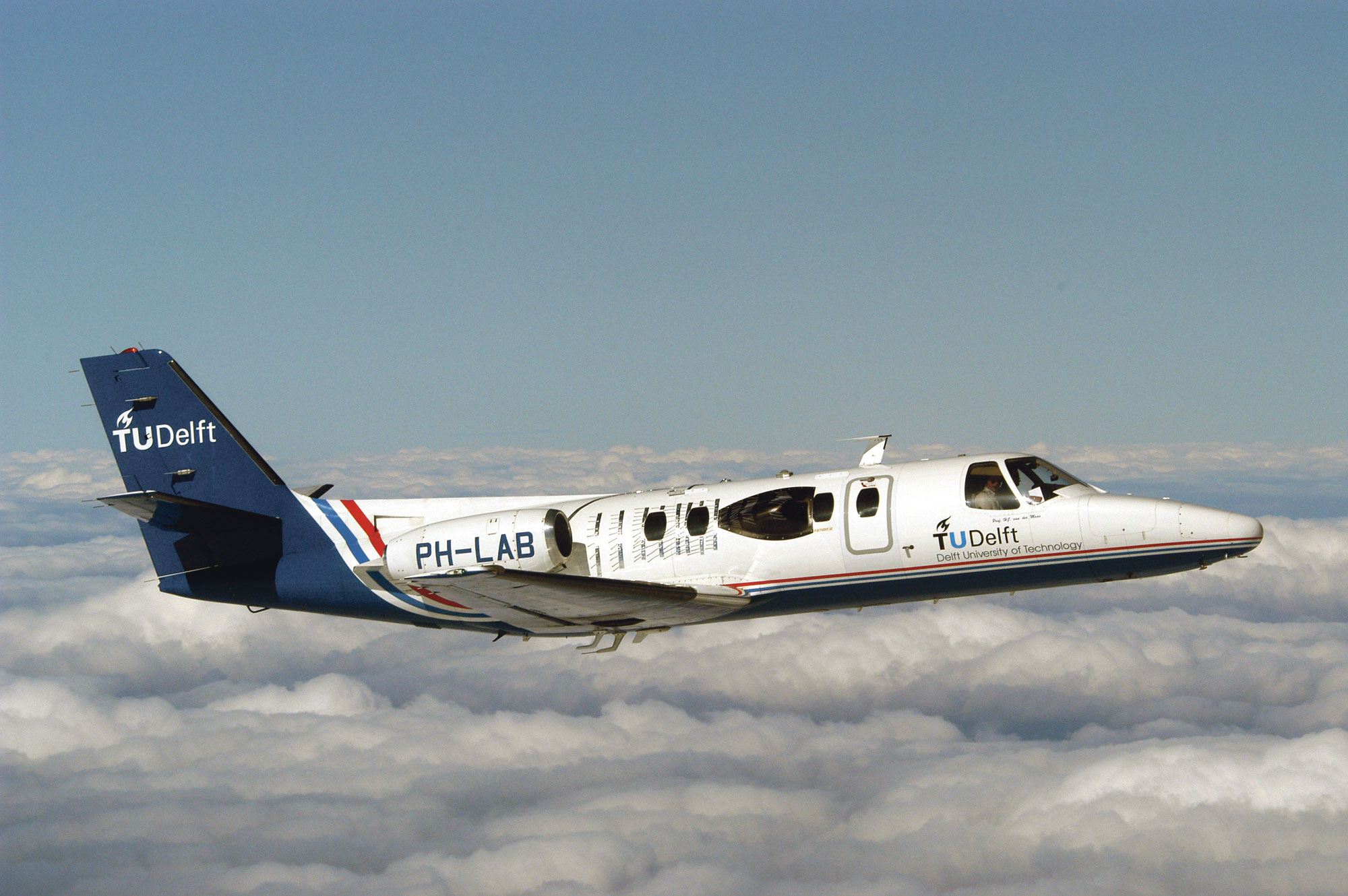PhD student Tim Snijders of the faculty of Aerospace Engineering is investigating how well airplanes can fly on synthetic kerosene. After years of ground tests he is about to take off.
Some airline companies are already flying on synthetic kerosene, which is kerosene fabricated from organic materials, coal or gas, using the Fischer–Tropsch process. That is, they are allowed to fly on a fuel mixture consisting of 50 percent regular kerosene and 50 percent of the synthetic form. This 50-50 mixture is needed because pure synthetic kerosene is too clean.
This may seem a strange reason, yet it makes sense according to Snijders. “Synthetic kerosene contains no sulphur and no aromatic hydrocarbons,” he explains. “These compounds however are to some extent necessary for the lubrication of the air plane engines. Aromatic hydrocarbons also cause the o-rings in the piping of the engines to swell during flight, which is good because as a result all pipes become tightly sealed.”
However, during extensive ground tests with TU Delft’s research airplane (Cessna citation), which the university co-owns with the National Aerospace Laboratory, Snijders discovered that a blend containing only 5 percent of normal kerosene is also ‘filthy’ enough to have these advantages.
Now, three years after the researcher started experimenting on the ground and sending his findings to the flight authorities, Snijders finally got approval to experiment in the air. In early 2012 he will take off.
The flight will be enervating, not so much from a safety perspective – Snijders is sure his blend containing 90 percent synthetic fuel made from natural gas is safe – as from an environmental one.
The engineer hopes the plane will not create any contrails, the visible trails of tiny ice crystals left behind by airplanes. Air traffic is thought to contribute to climate change not only by the emission of greenhouse gasses but also by the clouds it produces. The little droplets and crystals need fine, dust-like soot to start forming. Snijders believes he will emit much less of these little particles with his clean fuel.



Comments are closed.